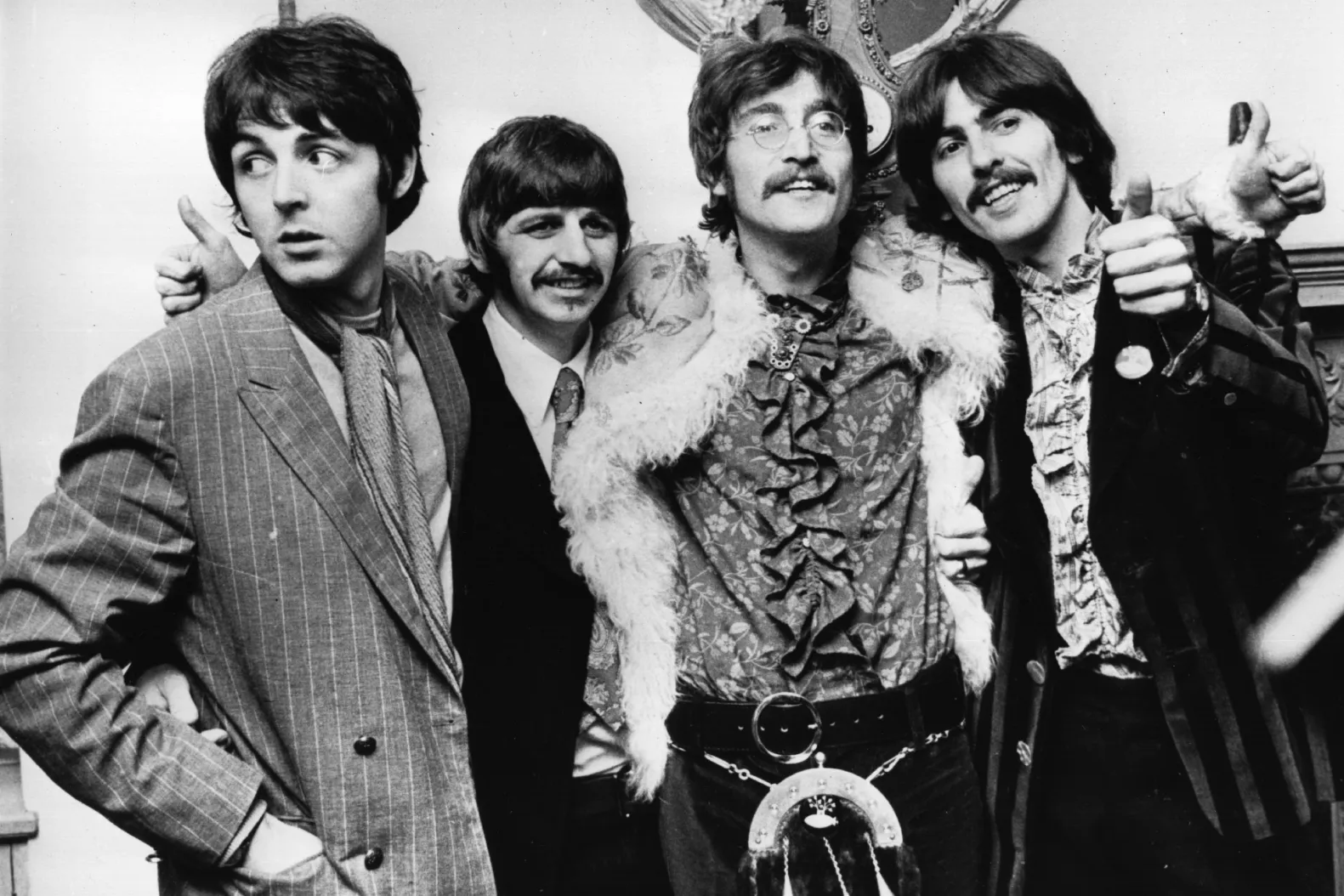The Beatles were pioneers of a still-emerging genre when they began out. Even while the first wave of performers like Chuck Berry may have thrilled listeners all around the world, the Fab Four’s inventiveness in collaborating with George Martin to transform their recordings into musical masterpieces was necessary to push the genre into uncharted territory. Some musicians were frightened to work with the band, even though they would ultimately go into the studio in the latter part of the 1960s.
Considering the amount of work the band put into its later releases, it would be understandable for any musician to have insecurity. Even though Eric Clapton was hailed as the next guitar god, he was uneasy when asked to perform George Harrison’s “While My Guitar Gently Weeps” guitar solo.
On albums like Rubber Soul, the band was still ironing out the kinks in their studio-driven sound, as opposed to the sonic leaps they made in a post-Sgt Pepper world. The band’s folk-tinged offering, which used the studio as an instrument for the first time, introduced the world to a variety of musical experiments, from the sitar in “Norwegian Wood” to the fuzz bass on “Think For Yourself.”
The band chose to push themselves even farther on their next album, Revolver, even though the inventiveness stunned everyone who heard it. John Lennon and George Harrison both responded to the challenge to produce significantly more psychedelic music than they had previously, notably the enormous psych-rock freakout “Tomorrow Never Knows,” inspired by the acidic visions they were experiencing at the time.
Paul McCartney was honing his ballad-writing chops as the rest of the band was broadening their horizons. After working on the song “Yesterday” from their last movie, Help!, McCartney realized he wanted to explore his narrative side further. He wrote the song “Eleanor Rigby” with the idea of all the lonely individuals who, at the end of the day, had no one to hold on to.
George Martin’s melodic score handled the accompaniment, without the use of rock instrumentation. McCartney’s intended sound was realized by the addition of a string section. But when the string musicians arrived for work, they were ashamed of the new methods Martin had recommended.
Engineer Geoff Emerick recalled the session musicians’ embarrassed reaction when he suggested that the strings perform with the microphones positioned next to their bodies, saying in Here There and Everywhere, “The musicians were horrified! One of them gave me a look of disdain, rolled his eyes to the ceiling, and said under his breath, ‘You can’t do that, you know.’ It was a fine line; I didn’t want to make the musicians so uncomfortable that they couldn’t give their best performance, but my job was to achieve what Paul wanted.”
Although recording strings in an unconventional manner was not a common practice at the time, the resultant sharp sound was exceptionally well-executed, evoking a harsh atmosphere akin to the most ominous themes in Alfred Hitchcock’s Psycho. Even though the players might not have felt comfortable, their effort in just a few hours in the studio created the foundation for the sound of contemporary strings on pop albums.
